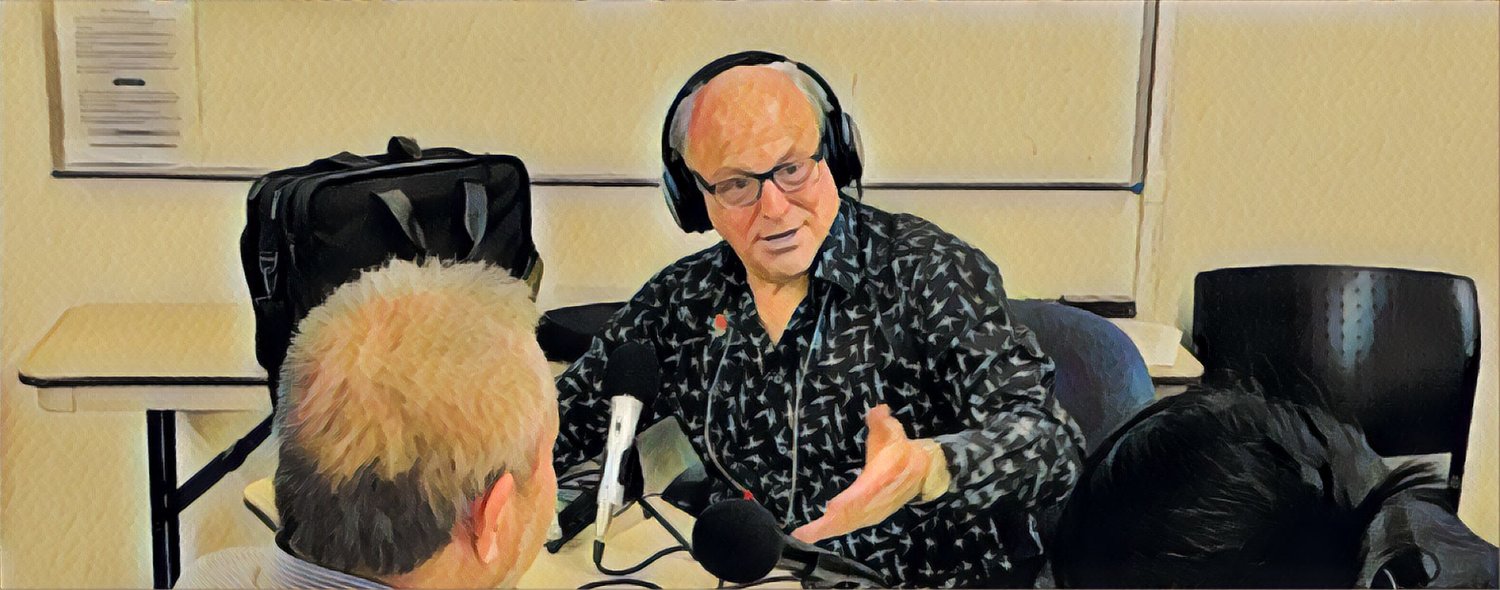On the radio last week I was asked about teens and drugs. It is a question I have heard many times in my 30 years of work.
As always, the answer lies in understanding the consciousness of the teen and then engaging relationship to being about optimal well-being.
First, the relationship. Start by reaffirming your love for the teen. Ask the child how they see you. Do they trust you? Do they see you as on the same side? If not, find out why. The best response to the situation will emerge as a co-creation.
Second, the teen’s consciousness. Teens organize their world for autonomy, for self government. Over the years from 13 to 18 they will develop a core identity. Critical to that development are continual attempts to self govern. It is the way they learn.
Now, true autonomy is a new capacity. They haven’t done it before. They therefore assert ideals. They then try on the behaviors attendant to those ideals in order to see how they fit with their sense of self, their forming identity. It is a tender, challenging exploration. To fuel the actualization of their developmental imperative of autonomy and identity formation they hold freedom and power as essential.
And this is the crucial point. Freedom always comes with responsibility. Always. Freedom to drive; responsibility is not to drink at the same time. Freedom of democracy; responsibility is to engage civic matters. Freedom to enjoy sex; responsibility is to care for the person deeply and to take all necessary precautions. There is more to be said about each of these, but the point is made.
Drugs? Somehow they speak to the teen’s investigation of freedom. Therefore, the first connection has to respect that investigation. How is this drug choice an expression of their sense of self? The second connection is to link that freedom with responsibility. It is up to the teen to take the first attempt at making that connection. And up to the parent to respect the teen’s attempt but to challenge it, by asking questions, if the responsibility is not accurately seen.
That is a lively inquiry and can only benefit both parents and teens. It should be done with sensitive respect as the teen is learning about her or his identity.
However, there is one bit of responsibility that must be included. Teen brains are still developing and drugs inhibit that development. Therefore, drugs are out of bounds.
Why didn’t I just write that and make this a one sentence blog post? Because the process of mutually exploring freedom and responsibility leads to optimal well-being for everyone. And, because the teen’s development of autonomy depends upon careful examination of their choices.
Don’t dramatize the event just because drugs are involved. Go slowly. You may have to talk about your own experiences and what you have learned from them. You may have to work through naïve ideals about the freedom the teen feels when imbibing. You may have to go deeply into the way that you communicate with one another.
Go for it. The prize is worth the price.




